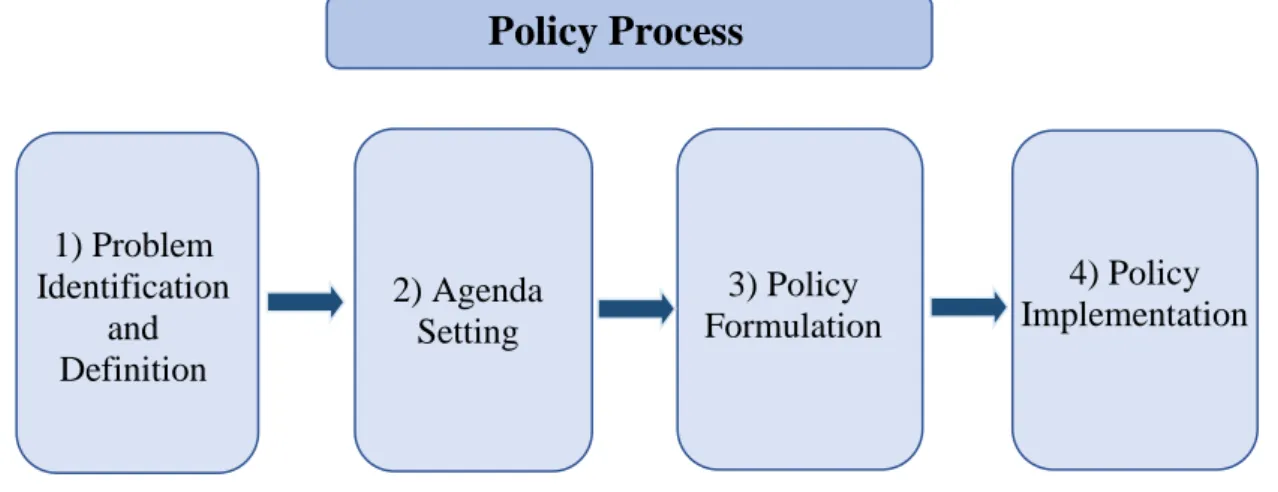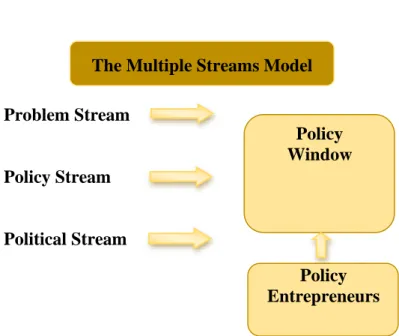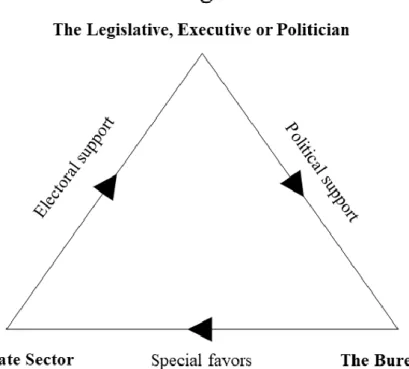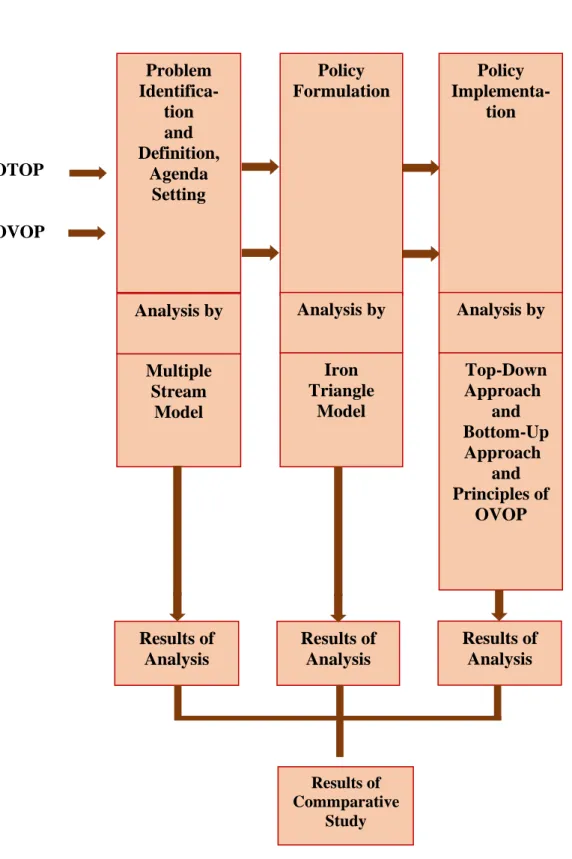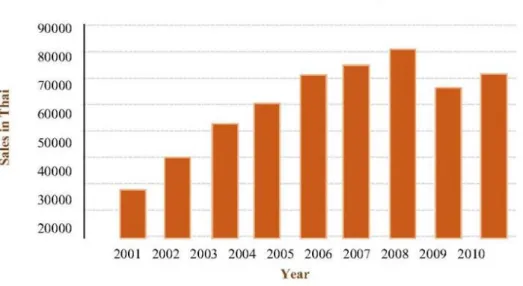The study showed that the implementation of the OTOP policy was consistent with the top-down approach. Unlike the OVOP, the policy implementation was in line with the bottom-up approach.
Research Questions
Research Objectives
Scope of Study
Likewise, the three groups of Japanese key informants consisted of informants for OVOP and community, OVOP and politics, and OVOP and socioeconomics. Morihiko Hiramatsu, the former governor of Oita Prefecture initiated the OVOP policy in order to revive local communities within Oita Prefecture.
Benefits of the Study
Regarding the OTOP policy, the researcher would start the study from the period of 1960, when Thailand just started to implement the national economic and social development plan and continuously implement the policy of liberal economy until the economic crisis broke out in 1997, which caused the Rak Thai Party of Thailand to choose the policy OTOP as one of its populist political solutions to economic problems. Nevertheless, a comparative study between these two policies requires a study of the period before a certain extent to truly understand the process agenda setting, policy formulation and policy implementation.
LITERATURE REVIEW
Public Policy
- Problem Formulation, and Agenda Setting
- Policy Formulation
- Policy Implementation
In terms of the policy making process, Lindblom (1968) identified 4 steps of policy making as follows. He considers public policy as an attempt to create political alternatives for the greatest benefit of society as a whole.
Multiple Streams Model
However, it can be said that the bottom-up approach to policy implementation does not have a serious hierarchical orientation like the top-down approach. According to the above literature, the related policy process in this research would be divided into 4 steps as described below.
Policy Process
The Multiple Streams Model
Kingdon (2003, pp. 90-164) noted that there were 3 streams of agenda-setting processes by central government, which were the policy problem stream, the policy stream when the problem is recognized, and the interest group proposing the change of public policy by participating in the political activities such as the political campaign and lobbying. It can be said that Kingdon's Multiple Streams Model is based on the main assumption that the political process or agenda setting is an active, ever-changing, dynamic, non-rational and unpredictable process within the context, which is usually vague and complex.
The Problem Stream
And GDP (Gross National Product) refers to the total value of final products and services. The problem must be separated from the reason and priority of the problem, which can be classified as follows.
Policy Stream
The policy stream is the problem-solving policy proposal that identifies the choices to be made. Policy proposal is the result of different ideas of specialists, researchers, scholars, analysts, planners, etc.
The Political Stream
Here, Kingdon's theory was appropriate as policy formulation is dynamic, non-rational and unpredictable. The three streams will merge because of the policy window and the operation of policy entrepreneurs.
Iron Triangle Model
Cerny (2001, p.3) commented that the Iron Triangle is a part of a wider and more complex network of issues, policy networks and policy communities. The structure of the Iron Triangle included the motivation and opportunities that flow between the actors. Within the Japanese context, there has also been research that highlights the negative consequences of the Iron Triangle.
Within the context of the Greater Mekong sub-region, the concept of the Iron Triangle helps to explain the power relationship within the irrigation development paradigm.
Top-Down Approach and Bottom-Up Approach
Issue for comparing the top-down approach Bottom-up approach Research strategy From the political decision. Economically, Crescenzi and Pose (2011) proposed the combination of a Top-Down approach and a Bottom-Up approach in economic development policy. However, the advantage of the Top-Down approach is its obvious ability and capability, while the Bottom-Up approach would have disadvantages in this regard.
Both the Top-Down and Bottom-Up approaches could not fully accommodate different influences.
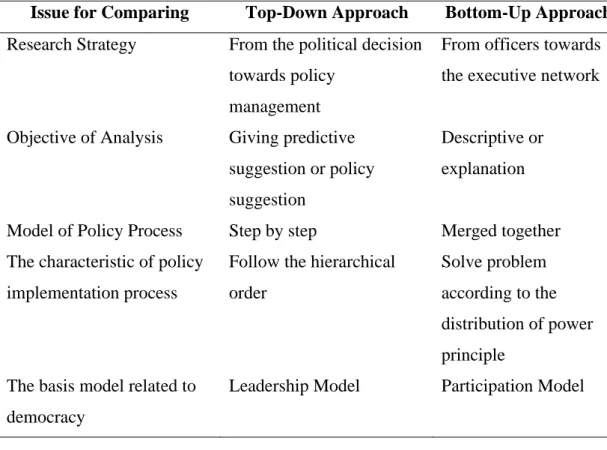
One Village One Product: OVOP Principles
Related to BNP, the highest goal of transferring from BNP to GNS is the local revitalization under awareness, pride and satisfaction with one's own way of life in the community. According to the paradigm of Oita development, Morihiko Hiramatsu, who initiated and advocated the OVOP process, proposed the 3 principles of the OVOP process as follows (Hiramatsu, 2008). This is the driving force behind the movement of community members, which led to the success of the community in the OVOP process, by creating the activities that depend on the capacity of the community members, which allows them to think independently.
Grow chestnut and plum and go to Hawaii” reflected the self-reliant creativity of community members.
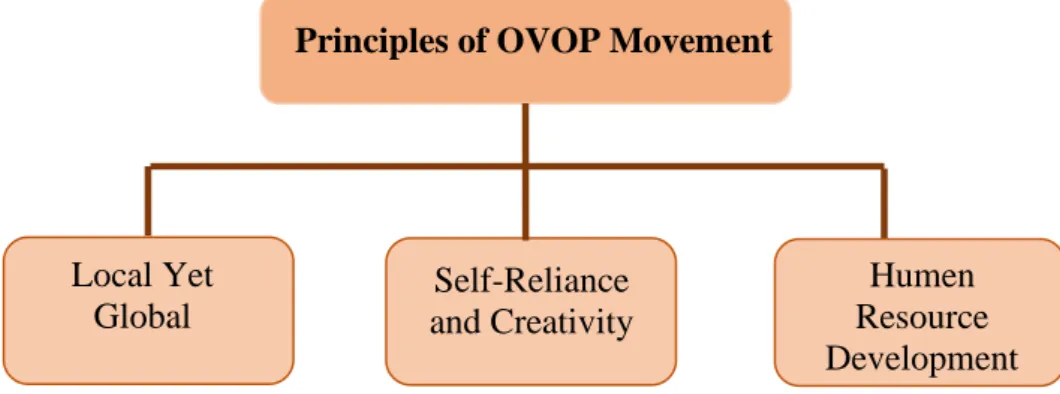
Related Researches
According to the study, it was found that the OTOP project and OVOP project differ in the origin and application of policy. Nevertheless, the solution to the gap problem could be between the original OVOP project in Japan and the OTOP project in Thailand and the OVOP project in Malawi. There were also the specialists who provide consultancy and arrange for the coordination between the local entrepreneur, the private sector and the government.
And the highest goal should be human resource development so that the community enterprise can be sustainable.
RESEARCH METHODOLOGY
- Methodology
- Key Informant Selection
- Research Instruments
- Construction of Research Instrument
- Data Collection
- Data Analysis and Verification
- Comparative Analysis of Policy Process
Second step: After creating the list of important persons related to Thailand's OTOP policy and Japan's OVOP policy, the researcher would select 18 key informants from both groups, who could be classified into 3 subgroups. Similarly, key informants related to Japan's OVOP policy can also be classified into 3 subgroups. For data collection, the researcher conducted conversation, observation and in-depth interview with key informants.
The formal letter of invitation would then be issued to the key informants' organizations.
AGENDA SETTING, POLICY FORMULATION AND POLICY IMPLEMENTATION OF ONE TAMBON
ONE PRODUCT (OTOP)
Problem Stream and the OTOP Policy
- Event and Crises
- Indicator and Feedback
Such liquidity led to the excess expenditure of the business sector, which was the products and services in excess of the actual demand and led to the economic bubble. In other words, there were 2 consequences of the economic crisis, those who migrated to work in Bangkok, and those of the financial institutions that helplessly failed”. In addition, there was the dependence on the investment, capital and technology of the first world countries as well as the advantage of the transnational capital of the first world country, which was the largest fund with the size of trillion.
It could be said that the indicator or index of the above consequence reflects the damage caused by the economic crisis affecting all sectors.
Policy Stream and the OTOP Policy
- The Sufficiency Economy and New Theory Concept
- The Community Culture Concept
- The OTOP Concept
In fact, the Sufficiency Economy refers to "the limitation of human desire that one could not afford". The choice of rice varieties should suit the area and the family's consumption preference. But sufficient finance would reduce the dependence of households and communities on the economy of capitalism.
Furthermore, the new theory also focuses on the self-reliance capacity of the household and society.
Political Stream and the OTOP Policy
Afterwards, Thaksin Shinnawatra and Thailand's Rak Thai Party declared war on poverty and announced that the poor would disappear from Thailand. When the Thai Rak Thai Party became the government, it could propose the policy immediately... This kind of policy by the Thai Rak Thai Party could benefit most of the rural poor.
It should be noted that Thai Rak Thai's policies reflected the pragmatism approach of the former prime minister.
Policy Formulation, Policy Implementation and the OTOP Policy
- From the Central to the Local
- From Product Development to Human Resource Development After the OTOP policy was implemented with the top-down approach for a
However, it was believed that the OTOP policy was criticized and debated at the meeting. Regarding the power structure, it can be thought that the OTOP policy has been implemented with a top-down approach in the entire process of implementing the OTOP policy. Therefore, the human resource development phase in the OTOP policy was implemented last.
Human Resource Development directly within the OTOP policy was started in earnest in 2016, under the name of the OTOP school.
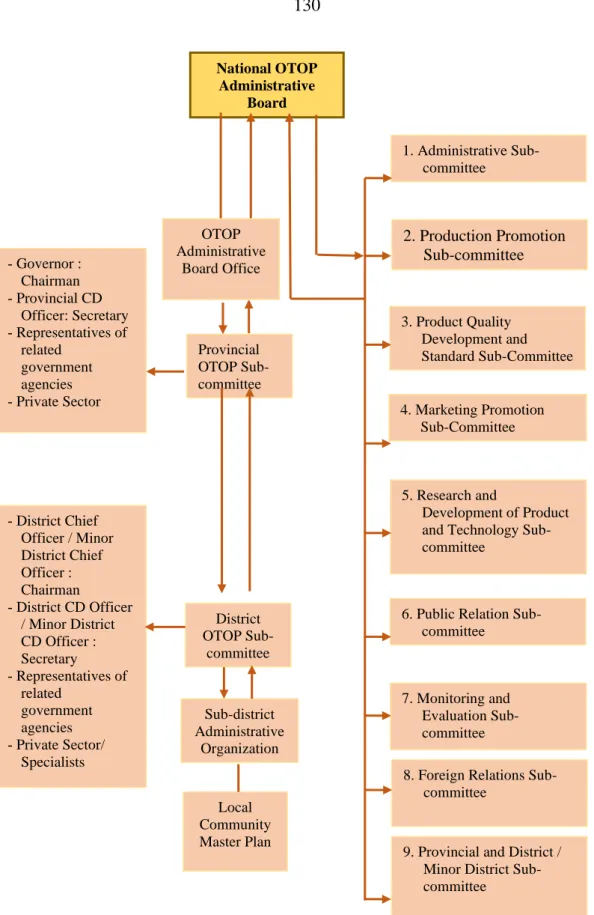
AGENDA SETTING, POLICY FORMULATION AND POLICY IMPLEMENTATION OF
Problem Stream and the OVOP Policy
- Event and Crises
- Indicator and Feedback
And it was certain that the Zaibutsu group, closely related to the elite and the military, should be supported in the country's military activities. As a result, the urban area expanded and the population grew rapidly, while the population of the suburbs decreased due to the migration of labor to the industrial urban area. Regarding the case of Oita Prefecture, this marginalized prefecture with its mountainous geography has been greatly affected by the migration of working adults due to the policies of business and industrial development in the urban area.
In other words, the problem stream of regression and inertia in the Oita's economic and agricultural activities arose from the economic development according to the industrial capitalism approach together with the development of large industrial cities in various regions.
D. Number of Population (People)
- Policy Stream and the OVOP Policy
- The Oyama Town Movement
- The Yufuin Town Movement
- Local Community Revitalization Movement (Chiiki-okoshi)
- Political Stream and the OVOP Policy
- Policy Formulation, Policy Implementation and the OVOP Policy
Furthermore, selecting policies such as OVOP to be on the agenda also aligned with the prefecture's main mission regarding community business. Moreover, Hiramatsu also announced that the OVOP policy was formulated in such a way that those affected by the policy, or the people, could understand it. It is clear that the task of Oita Prefecture was delegated to the organizations during the implementation of the OVOP policy, including research and development, human.
Matsuoka (personal communication, May 28, 2016) also expressed the similar opinion that the OVOP policy brought development to the overall economy and society of Oita Prefecture.
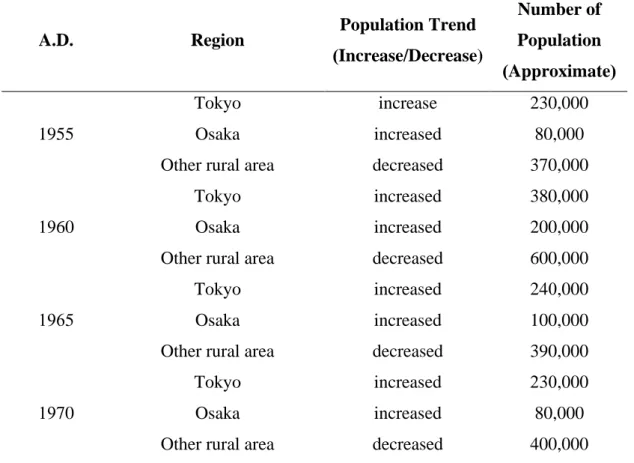
RESULTS OF COMPARATIVE STUDY
Comparative Analysis of Agenda Setting
- Comparison of Problem Stream
- Comparison of Policy Stream
In addition, there was the problem of excessive agricultural production due to regional economic decline. GDP per capita per year also fell significantly compared to the period before the economic crisis. The origin of the Thai problem was the economic crisis in 1997 due to the neoliberalization trend that became the international economic trend.
When considered in detail, the difference in problem stream will be obvious, as the economic crisis in Thailand did not arise , due to the demand of the state, while the inertia and economic regression in Oita Prefecture the resulted from the national development plan, or the national policy that affected the prefecture level.
